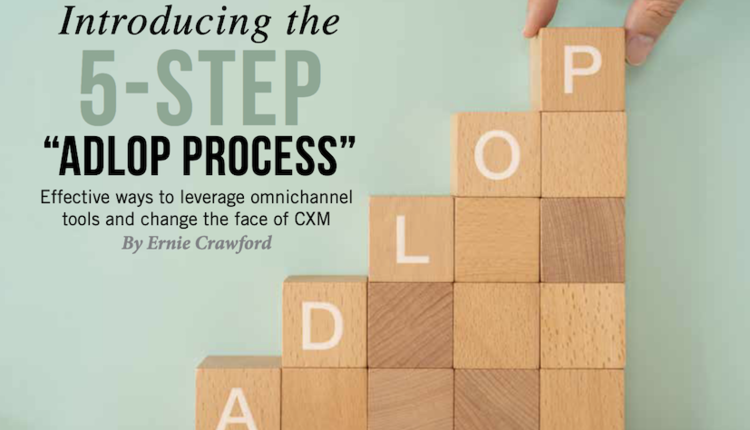In response to mandates to cut costs and freeze spending, inplants are scrutinizing their production operations to identify opportunities for cost containment. But many organizations are overlooking the obvious: Why contain cost when you can eliminate it?
For most high-volume transactional print facilities, postage is 60% of cost. Clearly, the biggest costcutting opportunity is to identify how to transition communications from print-and-mail to electronic. But it's not just about cost. It's no longer socially responsible to print and mail communications that can reach consumers via other delivery channels. Furthermore, organizations that aren't transitioning to alternative channels will fall behind the curve and compromise their market position. Those that argue that print is integral to customer service are kidding themselves, not to mention failing to service a significant portion of their customer base and building barriers to new business with younger generations.
Is it viable to stop production print overnight? No. Will organizations be required to print and mail regulated communications in the foreseeable future? Yes, but cost containment strategies that focus only on reducing production costs set up the organization for long-term costs and challenges that far outweigh near-term savings. Print and mail operations are not going away entirely, but the next generation of world-class production facilities will be multi-channel communications centers.
So how do you get there? For most organizations, it's paramount that near-term plans focus on cost reduction, but it's also critical to develop an overarching communications strategy to ensure you're not sub-optimizing over the long term. Cost containment should be a sub-strategy within a multifaceted, long-term strategy that includes print suppression and electronic presentment, as well as integration with other channels like phones, SMS, etc. To achieve a fully integrated, multi-channel communications center, all platforms must be at least virtually integrated. is means that master data management will be critical within the overall strategy.
Buy-in from the business can make or break the multi-channel communications center initiative. Be sure to gain early support by working with lines of business to identify which applications can be fully migrated to electronic output channels; which require segmentation across delivery channels to fulfill the preferences of different customer demographics; and which must be printed.
Work with responsible vendors and service providers. Many, but certainly not all, vendors and service providers recognize that they, too, must support multi-channel communications. If your vendor isn't taking a proactive approach — i.e., advising you on the transition to multi-channel output while supporting your near-term print needs — it's time to start looking for another vendor.
When educating customers on upcoming changes and/or new delivery options, utilize innovative delivery strategies that reinforce your message. Don't create a standalone mailpiece to introduce the transition to electronic delivery. TransPromo offers a great mechanism for soliciting customers to optin for electronic delivery, and it can be done within print and/or electronic communications. What better way to build customer buy-in than by demonstrating the benefits while delivering the message?
Finally, while the theory has been around for a while, the practice of multi-channel communications is new to many organizations. It's a good idea to keep abreast of market trends by consulting industry analysts, vendors and your industry peers through user groups, conferences, etc.; and adapt your strategy as you progress toward your vision.
KELLEY WEST [kelleywest@madison-advisors.com] is a vice president with Madison Advisors, an advisory firm that provides thought leadership, strategic consulting and market research in the print and electronic communications space.












